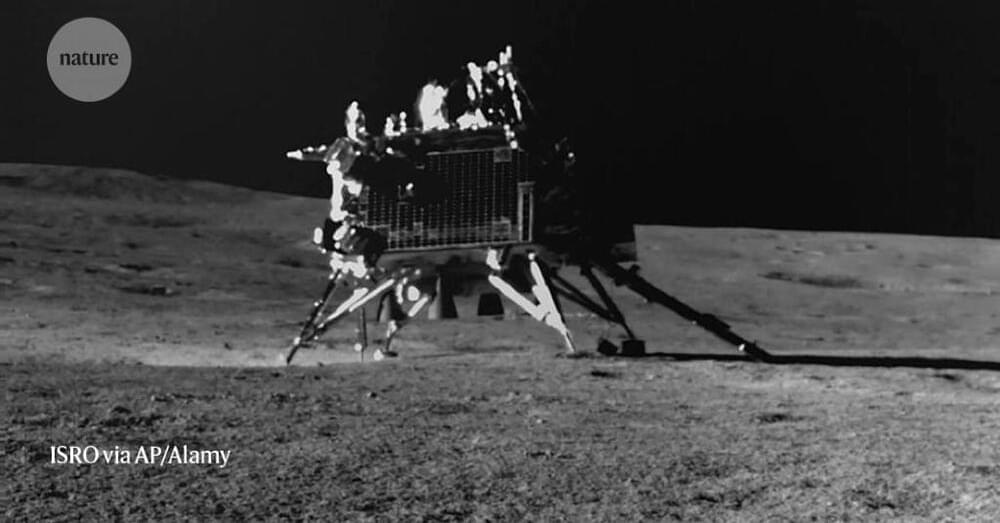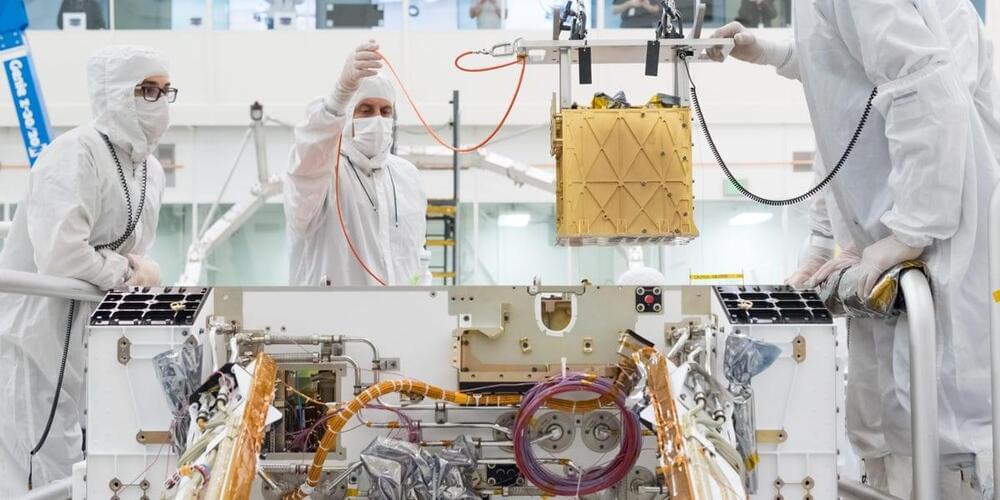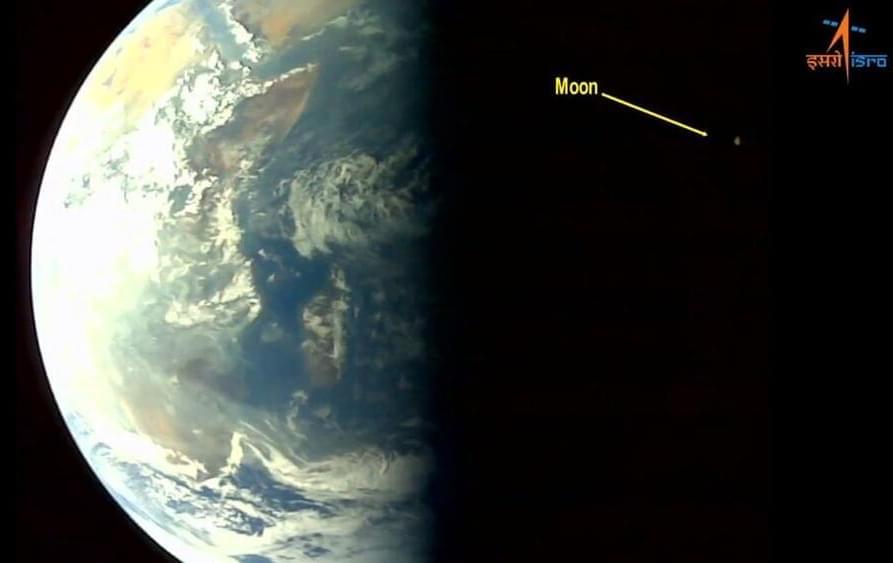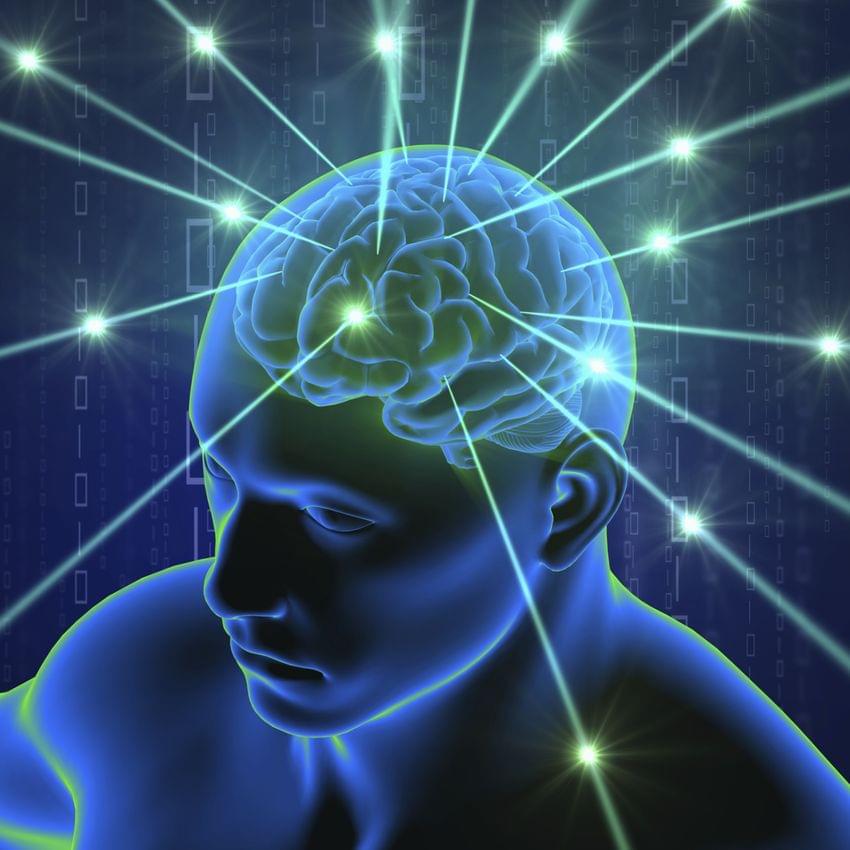In just two weeks, the Indian mission has made some surprising discoveries about the composition of the Moon.


Appearing as a weird line of moving dots, SpaceX satellites can be seen training across the night sky and are often confused for UFOs.





Globalization is not dead, but it is changing. The United States and China are creating two separate spheres for technology, and artificial intelligence is on the front lines of this new “Digital Cold War.” If democracies want to succeed in this new era of “re-globalization” they will need to coordinate across governments and between the private and public sectors. AI is coming, whether we like it or not. We are at a fork in the road and all segments of society will need to pitch in to build AI systems that contribute to a just and democratic future where humans can thrive.
Page-utils class= article-utils—vertical hide-for-print data-js-target= page-utils data-id= tag: blogs.harvardbusiness.org, 2007/03/31:999.362544 data-title= AI and the New Digital Cold War data-url=/2023/09/ai-and-the-new-digital-cold-war data-topic= Public-private partnerships data-authors= Hemant Taneja; Fareed Zakaria data-content-type= Digital Article data-content-image=/resources/images/article_assets/2023/08/Sep23_02_792DVvbiBBo-383x215.jpg data-summary=
Companies and countries need to prioritize collaboration and transformation over competition and disruption.

Background: T cells equipped with chimeric antigen receptors (CAR) have shown remarkable efficacy in targeting B lineage malignancies. Improvement of the CAR structure is needed, however, with a view to developing flexibly modifiable spacers that are inert in interactions with unwanted cells. Specifically, binding to cells carrying receptors for IgG’s crystallizable fragment (FcR), that recognize IgG-derived domains in CARs is to be avoided.
Methods: Two novel CARs targeting the CD19 antigen where the IgG1-CH2 and-CH3 domains were replaced with Ig-like domains from signal-regulatory protein α (SIRPα) were designed in silico. An IgG1-based CAR and a CAR lacking both SIRPα and IgG1 domains were used as comparators. The phenotype and memory phenotype of the expanded cells were analyzed by flow cytometry, and CAR T cell activation and cytotoxic efficacy were assessed in co-culture experiments in response to CD19+ target cells. Unwanted interactions with FcR-expressing myeloid cells were interrogated in co-culture assays with THP-1 monocytic cells.
Results: T cells carrying the novel SIRPα-based CARs enacted potent in vitro cytotoxicity against CD19 positive B-lineage leukemia cells, comparable to traditional IgG1-based CAR T cells. Co-culture of IgG1-based CAR T cells with FcR-expressing THP-1 monocytic cells led to prominent cell surface expression of CD69 on T cells together with production of Interleukin (IL)-2 and Interferon-γ, and production of IL-1β, indicating activation of the T cells and monocytes, respectively. Longer co-culture led to killing of the monocytes. No signs of T cell nor monocyte activation were detected in co-cultures of SIRPα-based CAR T cells with THP-1 cells. Arming T cells with the SIRPα-based CARs favored differentiation towards CD4+ phenotype during expansion, while the effects on memory phenotype of the T cells were equivalent between the SIRPα- and IgG1-based CARs. In a pilot experiment, T cells modified with one of the SIRPα-based CARs showed dose dependent leukemia cell control.

Researchers who previously developed the first 3D human cell culture models of Alzheimer’s disease (AD) that displays two major hallmarks of the condition—the generation of amyloid beta deposits followed by tau tangles—have now used their model to investigate whether the exercise-induced muscle hormone irisin affects amyloid beta pathology.
As reported in the journal Neuron, the Massachusetts General Hospital (MGH)–led team has uncovered promising results suggesting that irisin-based therapies might help combat AD.
Physical exercise has been shown to reduce amyloid beta deposits in various mouse models of AD, but the mechanisms involved have remained a mystery.
